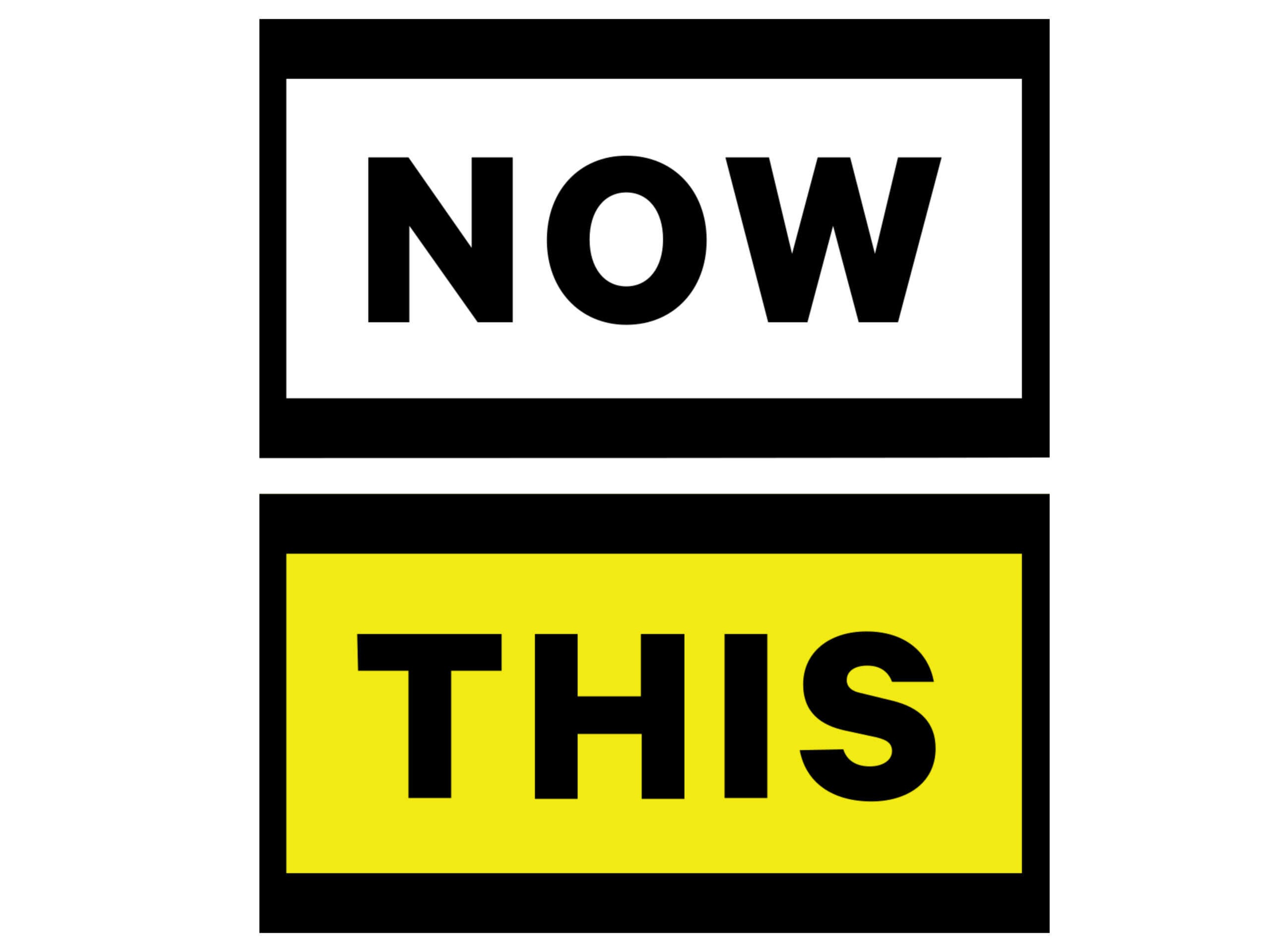
The president of US-based brand Now This has spoken to Press Gazette about how it became the most-viewed US-based news and politics brand on Facebook, Youtube and Twitter.
Athan Stephanopoulos said social media-first news reporting can not only offer content of the same quality as television, but has allowed Now This to build a brand big enough to itself move into TV production.
The ten-year-old left-leaning brand, which also has a large following in the UK, boasts nearly nine million followers across multiple accounts on Tiktok, making it the largest news brand on the app. Its videos had 190 million views on Instagram in June 2022.
According to Stephanopoulos, the key to its success has been identifying and cornering topics and styles that appeal to social media’s younger user base.
“Everybody does say they want to reach young people, but that is what we have genuinely done, and delivered on in spades from the very beginning of the brand,” he told Press Gazette.
“Some of the studies that we’ve done in the reach that we have, whether it’s in the US or globally, for a Gen Z and a millennial audience, we penetrate that audience, probably more than any other news brand today.”
He added: “They often say just being somewhere first means you’re going to succeed there… And the reality is that’s the first piece of a much larger puzzle that you’re trying to solve.
“The second piece of it was knowing what they were talking about… whether that’s the climate crisis and sustainability, whether that’s equality, whether it’s gun safety.
“And then the third piece of it that I would add, beyond just simply being there first, is that we understood from the very early days that data insights play a role.”
Stephanopoulos said they heavily rely on data, particularly dwell times on videos, to inform the topics they cover, as well as the way they edit videos.
On some occasions, he said, Now This will re-edit poorly performing videos to match more engaging styles they have used in the past.
Now This is formerly owned by Group Nine, which merged with Vox Media in February.
Press Gazette previously spoke to Vox’s Youtube head about how they used their unique brand of left-field topics and explainer journalism to become one of the most consistently popular news brands on the site.
While a large chunk of Now This’s content is repackaged news clips or videos explaining the big events of the day, the brand is also creating original in-house content covering “day two” news.
Stephanopoulos cited how during the 2020 US presidential election, Now This was one of a few news outlets able to secure interviews with every Democratic Party candidate.
“The original side of our programming starts to look at new user stories through the lens of how are people being impacted,” he said, adding that in the aftermath of the 2018 Parkland, Florida school shooting Now This obtained exclusive interviews with the student victims that eventually helped them to create a long-form documentary called Generation Columbine.
And that original content is another growing pillar of Now This’s future.
Currently, Now This nets most of its revenue from partnerships, direct advertising and indirect ad revenue from tech platforms. But social media platforms have always offered a more temperamental revenue stream for publishers particularly given many sites don’t offer monetisation and those that do often change their algorithms with little notice.
But Stephanopoulos explained social media can still be the basis of a burgeoning media brand as a way to grow an audience, build revenue and develop a brand that can cut through on legacy media.
For Now This, that has taken the shape of a slate of creating original programming with streaming giants like Netflix, Hulu or Paramount Plus, including the film Two Distant Strangers, which won the Oscar for Best Live Action Short Film at the 2021 Academy Awards.
He said: “I’m sure many people are like, well, we’re hesitant about a platform like Tiktok, because ‘how are you going to monetise?’. The reality is people said that about Facebook years back.”
He added: “But in the case of digital media, especially publishers like ourselves that have a tremendously large audience on platforms that you know, are controlled by somebody else. Of course, it is important to make sure that you never allow yourself to be too reliant on it.”
He went on: “I think we’ve just so historically been known for owning your social feed, and seeing that short-form content.
“I refer to that as the tip of the spear of where the audience gets to know the brand… What we have seen is we now have built a tremendous level of brand equity.
“And knowing our audience gives us more momentum in the marketplace to take and identify stories that matter [for long-form original content]… That’s the evolution [of a digital-first media company].”
Social media news reporting has often faced criticisms of not being as hard-hitting as its more traditional predecessors, with BBC News previously saying it did not want to join Tiktok as it was only a place for “light” news (the BBC eventually changed course, joining the app in March).
“That’s been brought up in the past of like, you know, how truly investigative or deep can you be in your reporting in a social short-form first format,” said Stephanopoulos.
“If, at least here in the US, you take the evening news, which was considered at its time the preeminent news source for most Americans, most of the news segment stories that make up that 30-minute evening news is a minute or two in length, for a lot of social media content you’re averaging a minute to three minutes in length.”
Picture: Now This
Email pged@pressgazette.co.uk to point out mistakes, provide story tips or send in a letter for publication on our "Letters Page" blog
